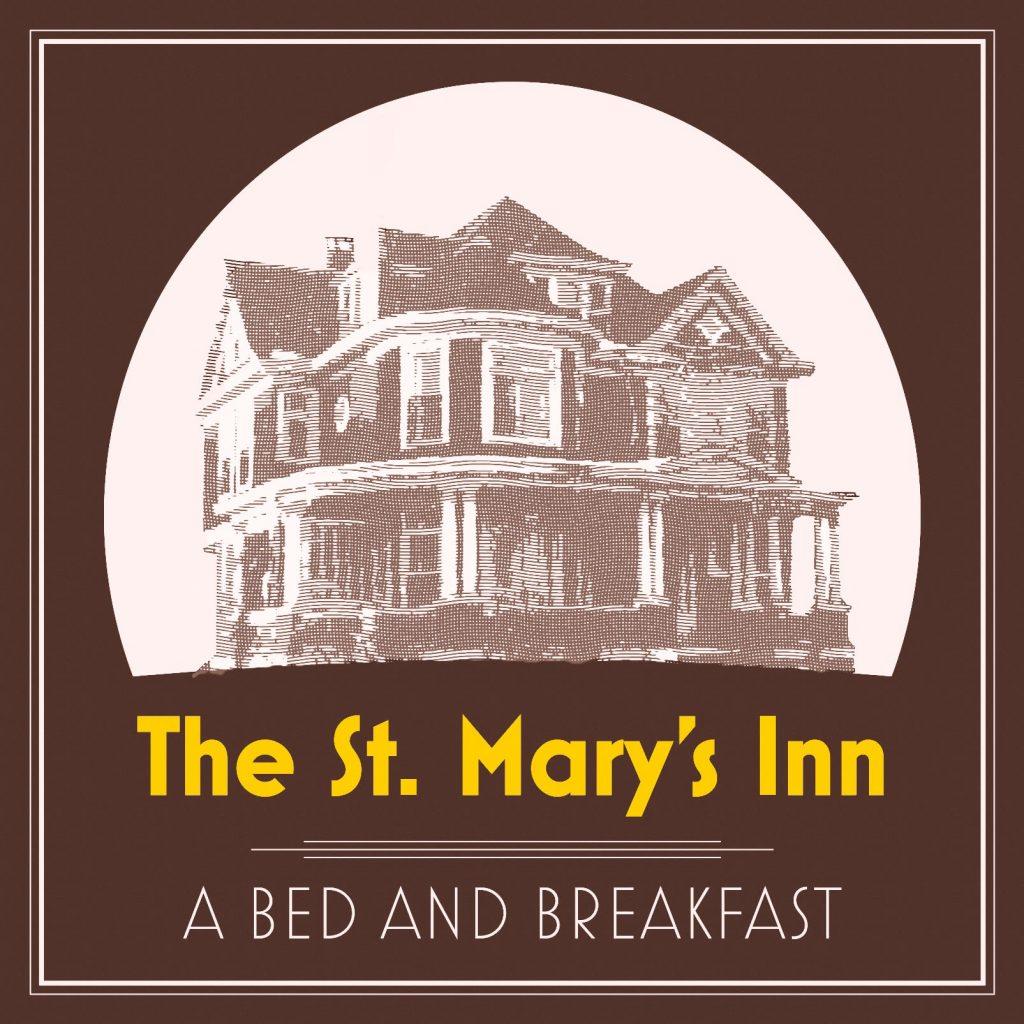History of the St. Mary’s Residence
Edwin Stark, second owner of 530 North Nevada Avenue, Colorado Springs Colorado
EDWIN STARK, ONE OF OUR STATE PIONEERS
CAME TO COLORADO IN 1873 FROM MISSOURI
Played Prominent Part in Development of West; Ill since Sunday
Mr. Stark was more than a pioneer of the region, for he was one of its historic figures and closely identified with its early development. He came to Colorado from Missouri in 1873 and filed on a ranch three miles north of Raman, in Elbert county. The following year he returned to Missouri and drove a herd of big heifers and young cows from Pikes county in that state to his Elbert county ranch, where he lived for several years, subsequently changing his place of residence to another ranch which he purchased on Bijou creek.
In 1886 he removed to Colorado Springs to enable his children to avail themselves of better school facilities and for the next two years engaged in the mining business. He was treasurer and director of the Raven Gold Mining company for many years. In 1888 he opened a wholesale and retail market at 14 South Tejon street, which subsequently became the Sommers market. The following year he entered a refrigerator manufacturing enterprise in Denver, which he disposed sometime later, becoming cattle buyer for his former market. For several years he was engaged in the real estate business here.
Built Irrigation System
Mr. Stark took a prominent part in irrigation development in the Fountain valley, for when Colorado Springs was threatened with a number of law suits following the installation of a sewer system draining into Fountain creek he took over the rights on this creek and Monument creek and with W.C. Johnson established the Fountain irrigation system and constructed the Johnson reservoirs. He subsequently sold his interest in the system to Mr. Johnson. A little later he again engaged in irrigation projects, constructing extensive systems in the San Luis valley and other sections of the state.
Though not an office seeker, he took great interest in politics and was active in democratic circles in the county. H e was an ardent prohibitionist and since prohibition became a pivotal issue he took an active part in all democratic county conventions.
Firm in his loyalty to Colorado he never forgot his native state and never failed to be present at the Memorial day celebrations held annually in Acacia park. He was one of the principal speakers at last years observance of the day when he entertained the audience with an account of his early experiences in his former state and a graphic word picture of conditions which he encountered when pioneering in Colorado
Compendium of History
Colorado Springs knew him as one of the most chatty of old-time settlers. His knowledge of the history of city and the entire region was so extensive that he could relate a story of every occasion of historic recollections. In this respect, it is said no one could compete with him in the meetings of the El Paso County Historic society of which he was a member. His contribution of between 500 and 600 photographs of pioneer Coloradoans to the Pioneer Museum is one of the organizations most cherished possessions.
Many were the stirring tales he recounted of early days in the Pikes peak region, and so accurate was the memory that writers and speakers required historical data frequently called on him for information, as history of the city’s residents desirous of acquainting themselves with the background of existing conditions.
Mr. Stark who was born in Louisiana, MO February 3, 1849, was a member of an ancient Scotch family. He traced his ancestry back to a Miurhead who was created laird of Lachop in 1160 A.D. and who lived in a feudal castle on the estate of HRH of Bothwell on Clyde. In 1480 a young man, John Muirhead, body guard of King James III of Scotland saved the king’s life by attacking an enraged bull barehanded and for this he was given the name Stark, meaning “strength”.
Award Winning Bed and Breakfast
© Copyright 2022 The St. Mary’s Inn Bed & Breakfast – SEO & Web Design by Infront | Sitemap | Privacy Policy
